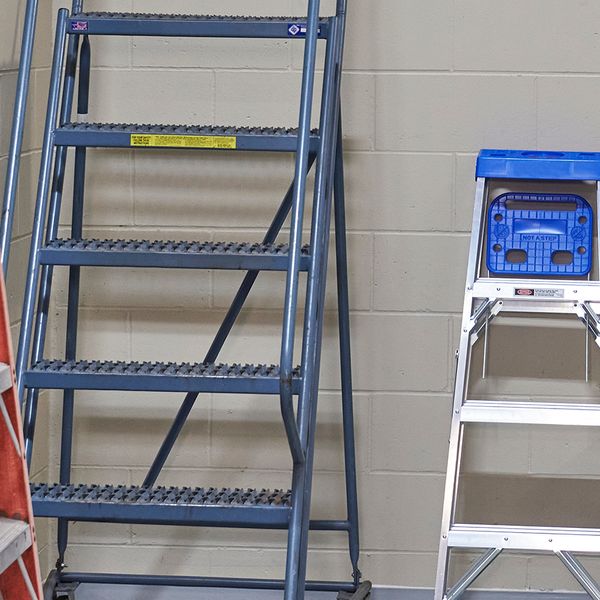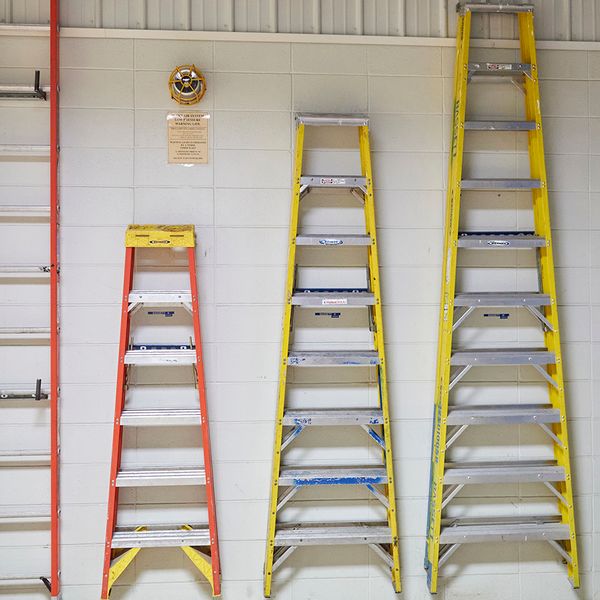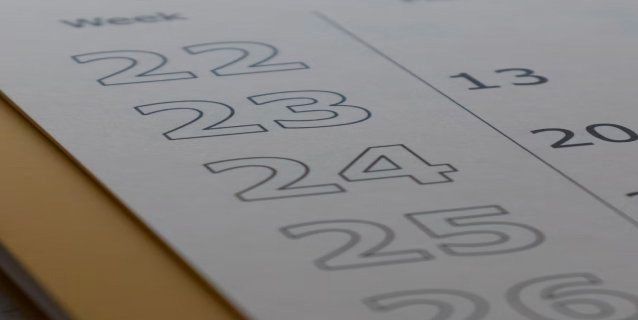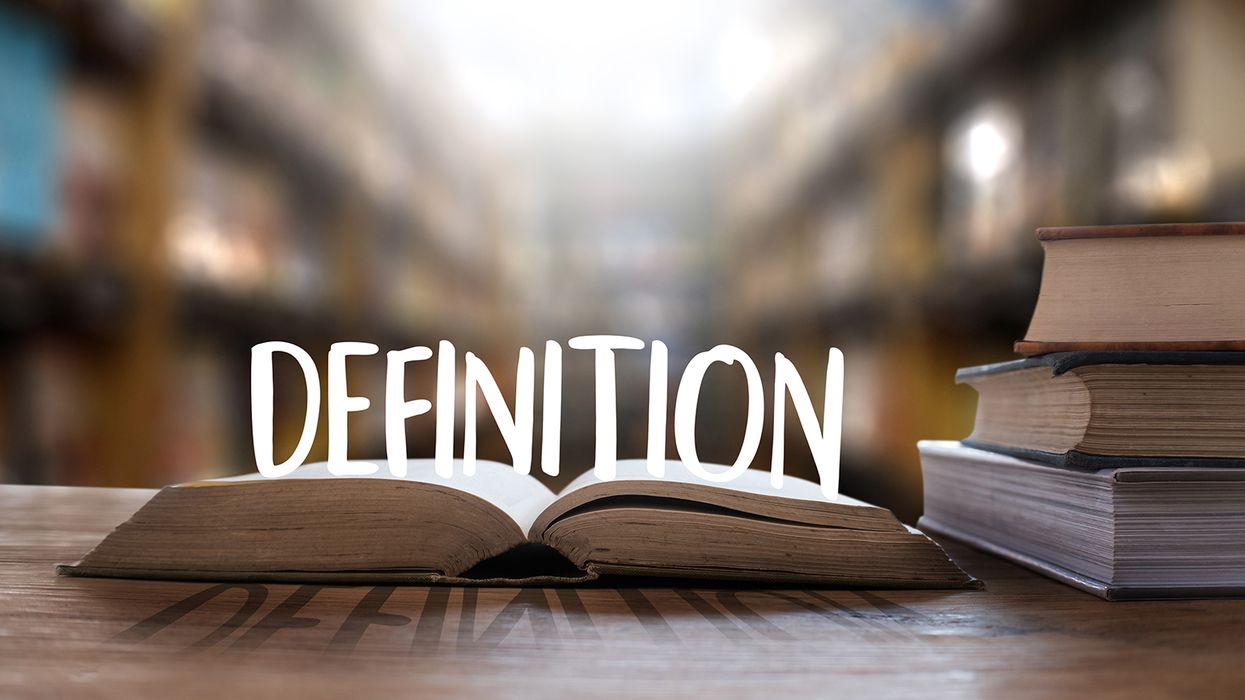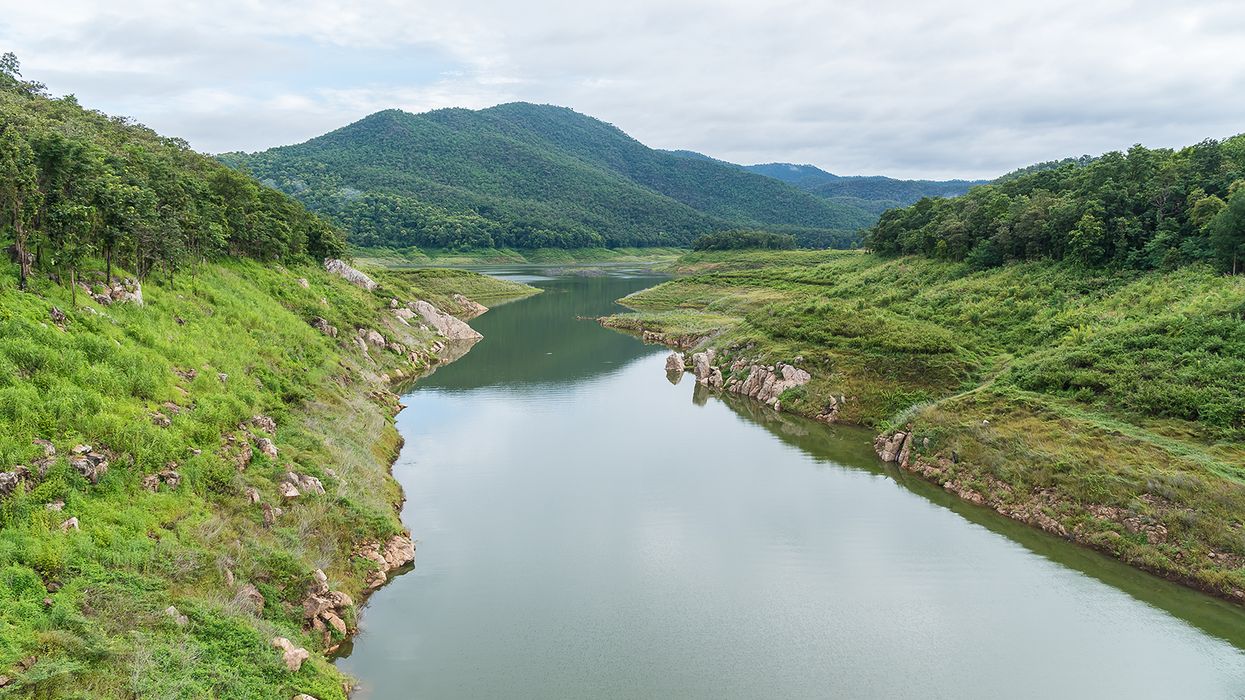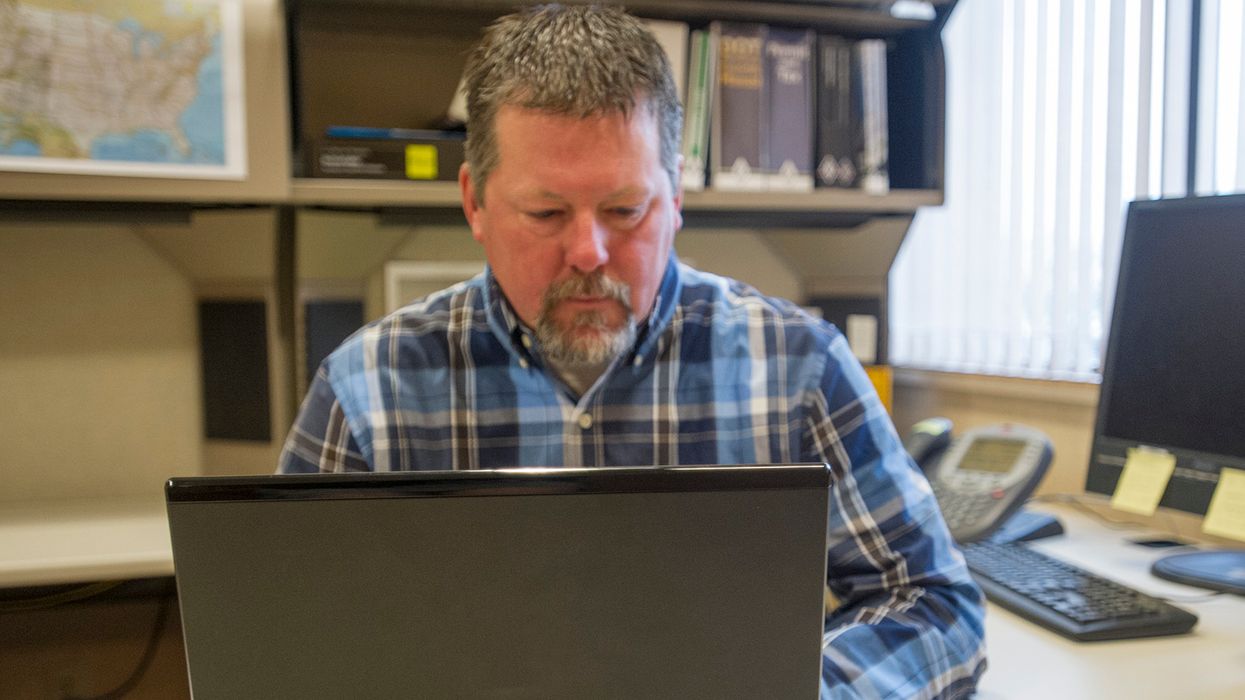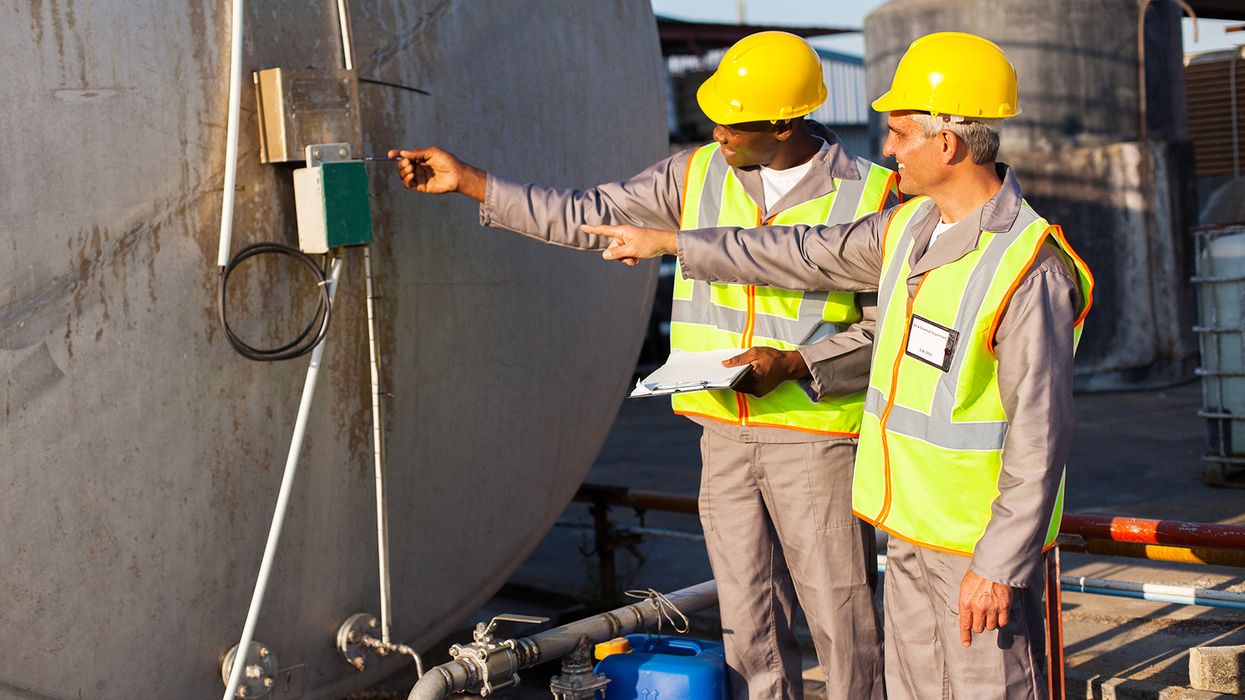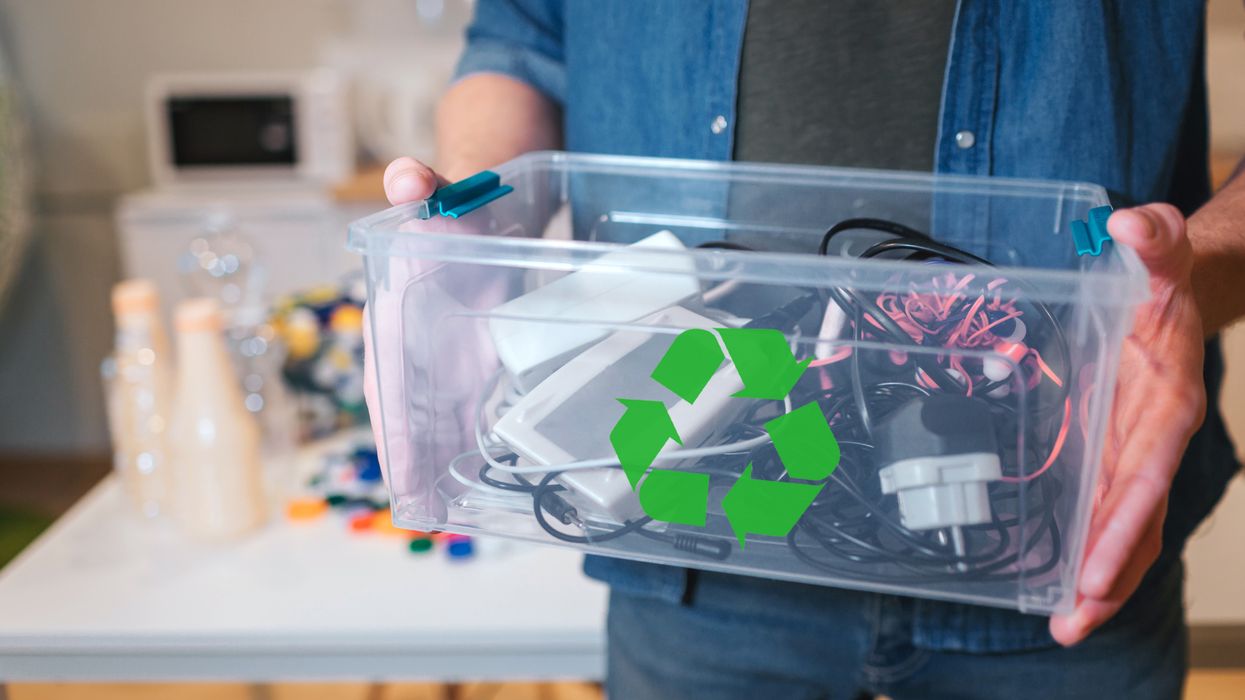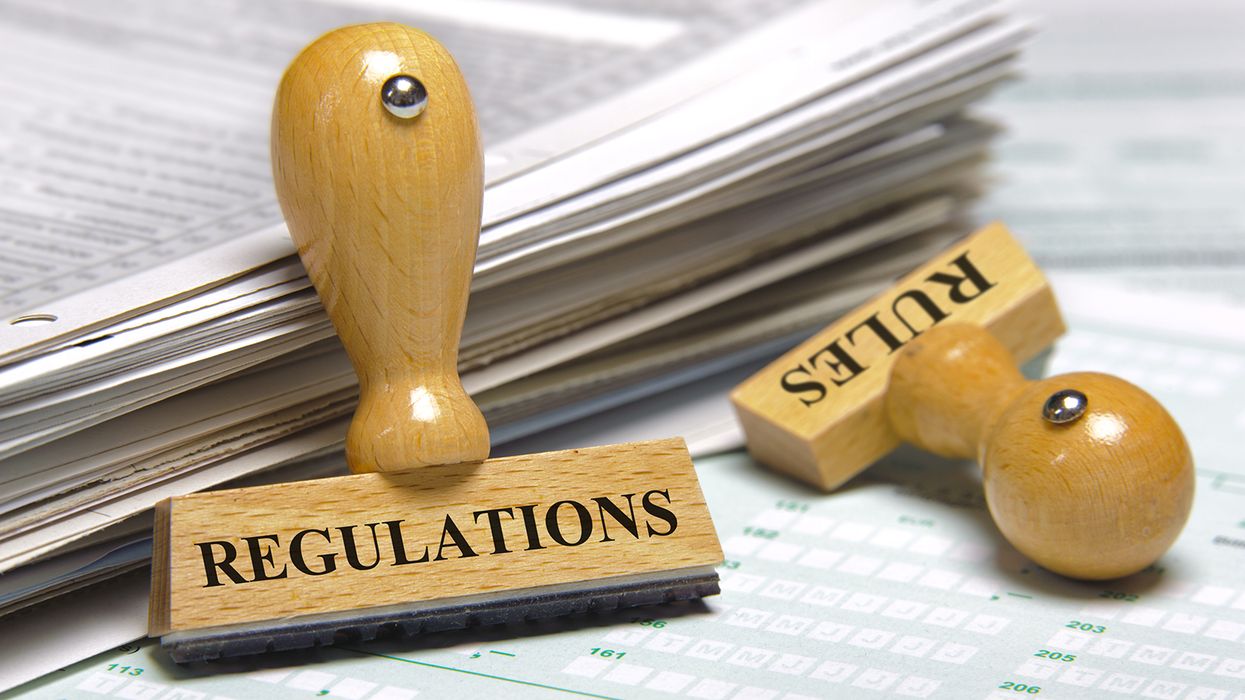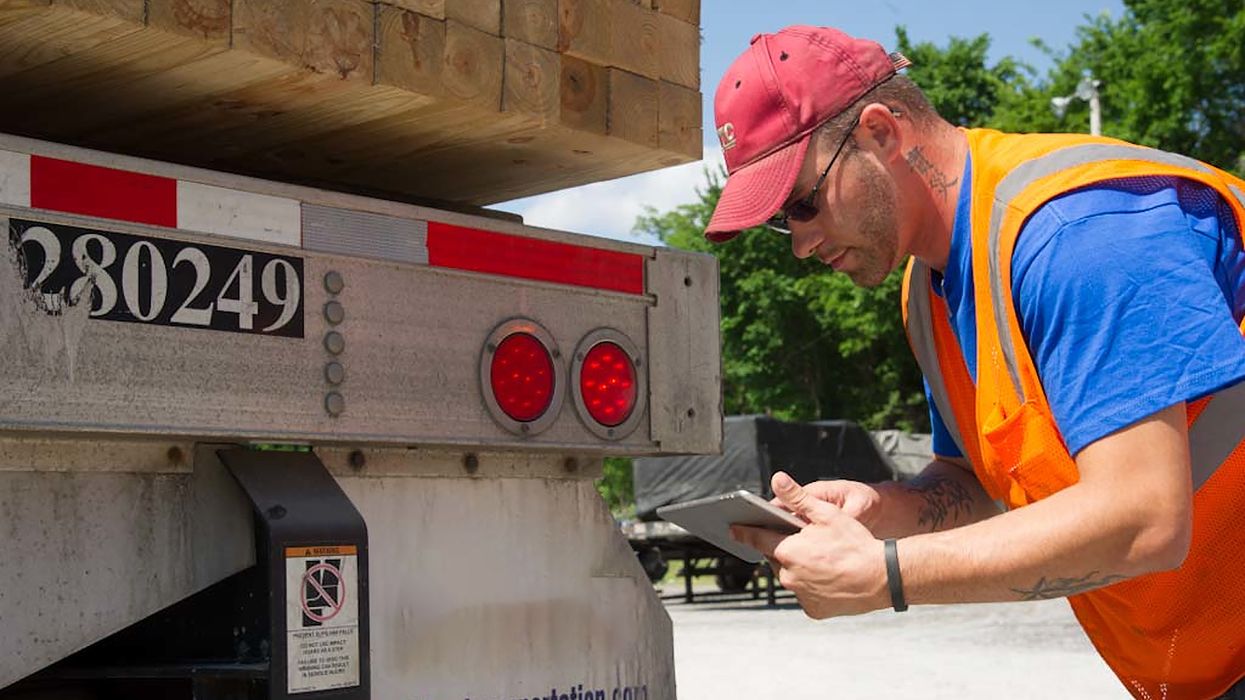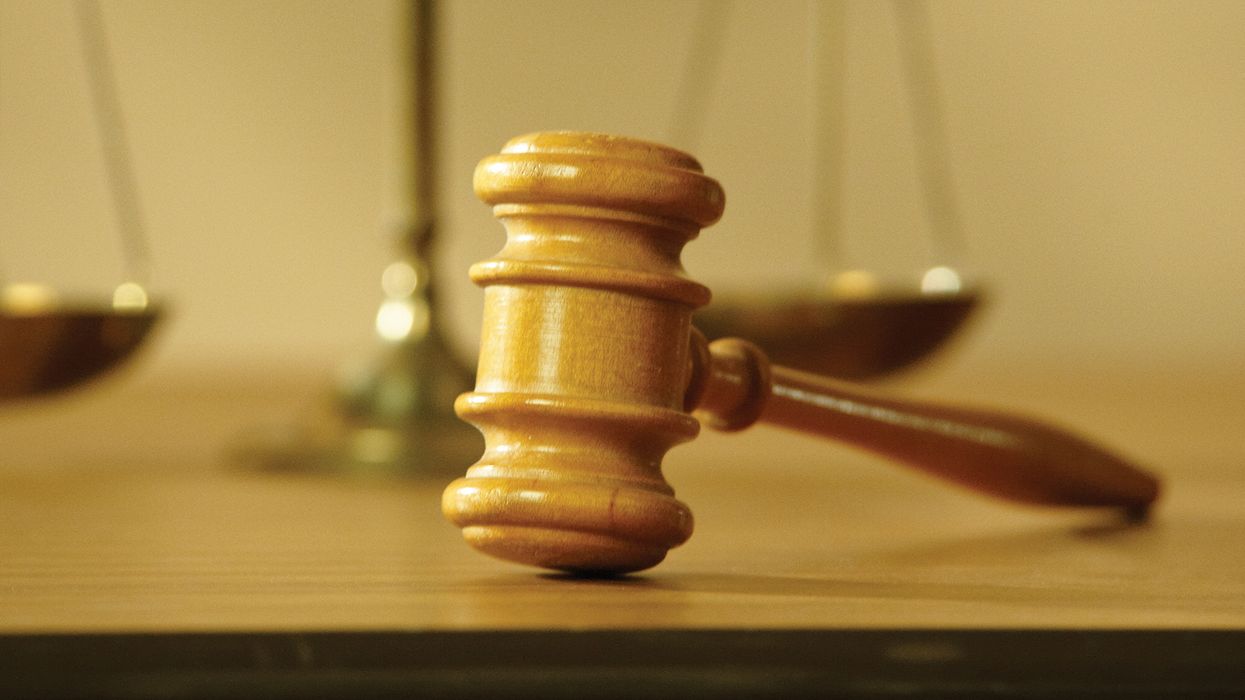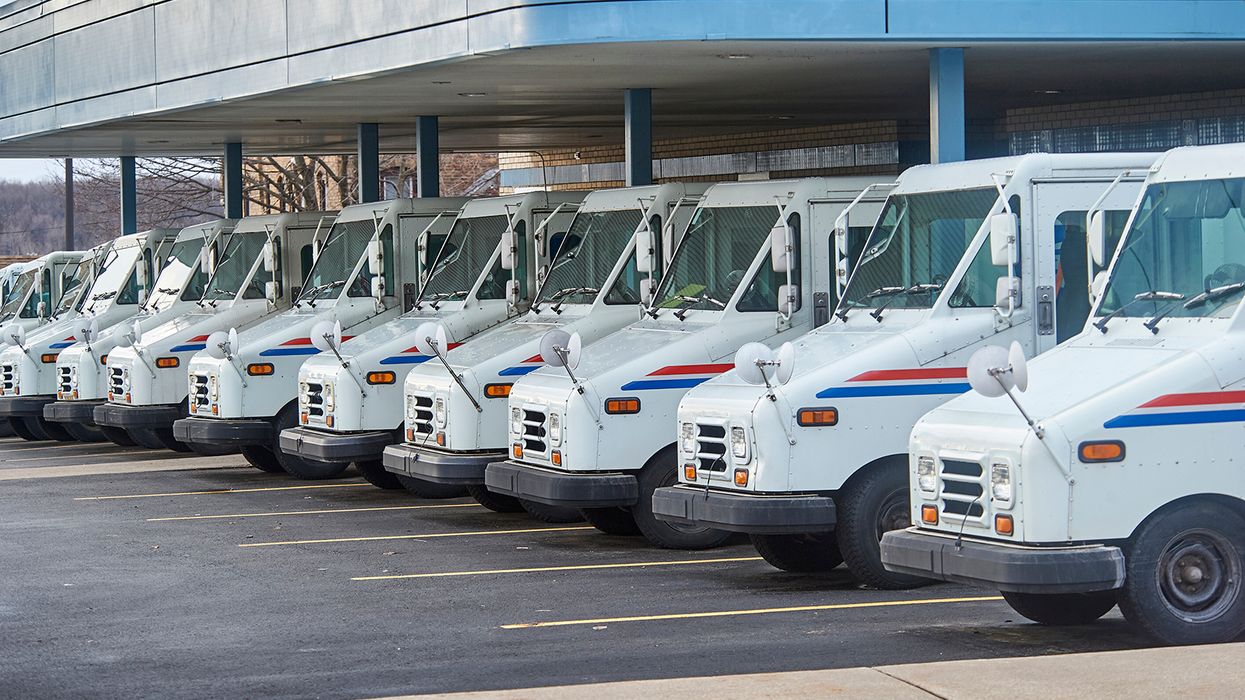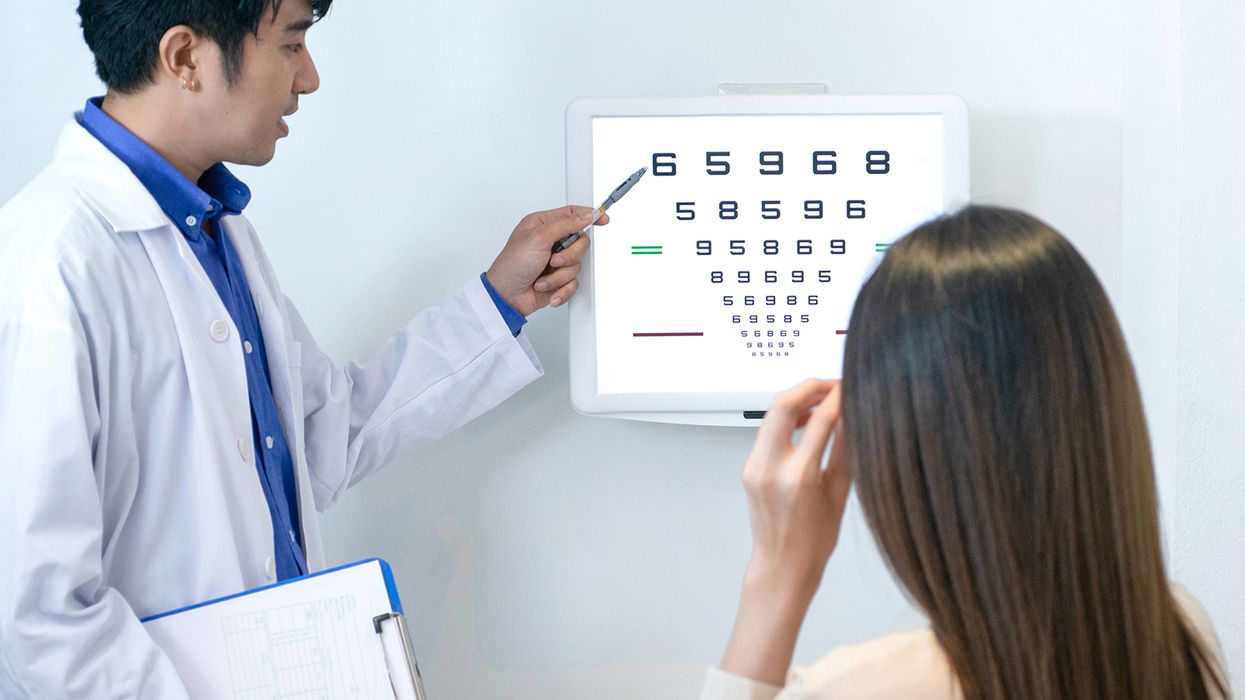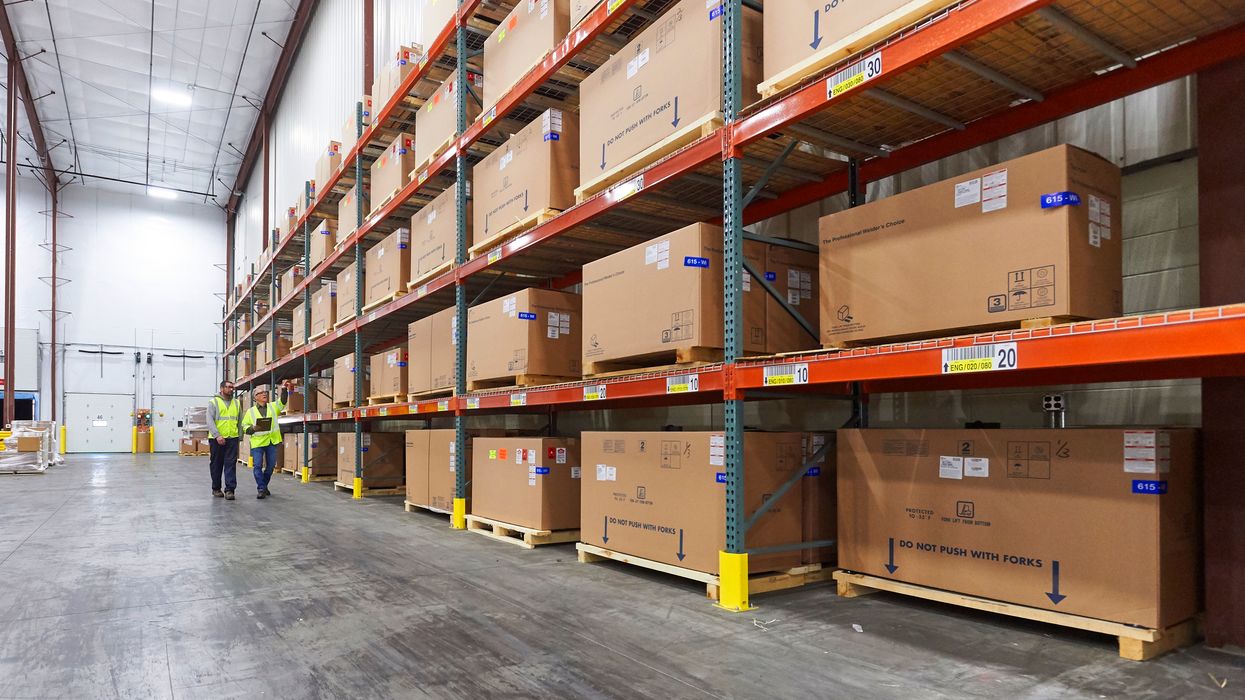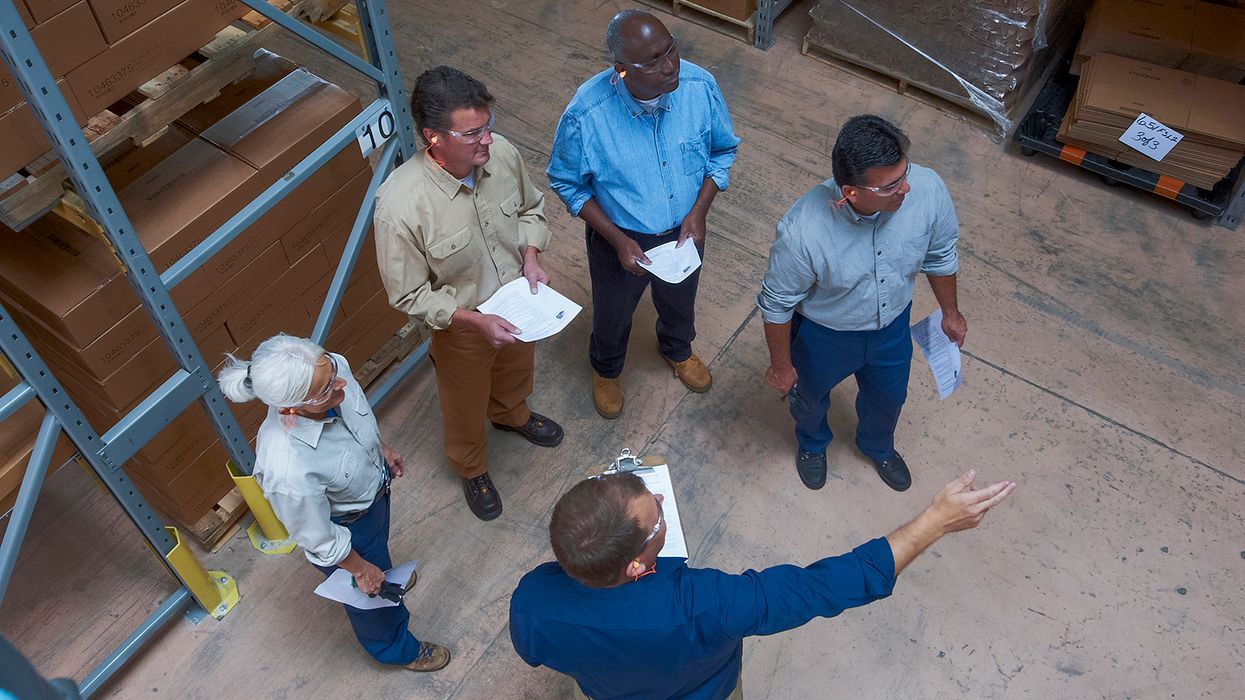Stepping up safety with proper ladder inspections
Employees must inspect portable ladders before the first use on each shift and remove unsafe or damaged ladders from service. However, they can’t properly inspect a ladder if they can’t recognize a problem, so they need training.
Before OSHA published revisions in 2016, the regulation included a list of items to check when inspecting ladders. However, OSHA removed the list because the items might have included things that weren’t needed, and might have missed items that should be checked.
For example, after a tip-over, the list required looking for dents or bends in the side rails and rungs, checking hardware connections, and examining rivets. However, the list did not require checking the ladder footing, which might have been the problem. OSHA therefore adopted performance-based language, allowing employers to determine the scope of each inspection based on variables like the ladder type and work area.
Determine what to check
Pre-use inspections might include ensuring the footing is firm and stable, checking the spreader or locking devices, and looking for any missing or damaged components. If a ladder tips over, the inspection might focus on whether footing problems may have caused the tip-over and verifying that rungs are still firmly attached. Employers should tailor inspections for the situation.
OSHA doesn’t require documenting ladder inspections, but providing a checklist could serve as a reminder and help demonstrate to OSHA that you're requiring and enforcing ladder inspections. If an OSHA compliance officer visits your facility, he or she might ask employees when they perform ladder inspections and what they look for. If employees cannot answer those questions (or if the compliance officer sees a defective ladder in use), OSHA will likely issue a citation.
Stepstool inspections
OSHA regulates many stepstools as portable ladders. Not every device sold as a stepstool meets OSHA’s definition, but the regulation at 1910.23(b) applies to all ladders, including stepstools. According to 1910.21, a stepstool means “a self-supporting, portable ladder that has flat steps and side rails” and is no more than 32 inches in height.
For example, a simple platform or two-step stool without side rails would not be a “stepstool” under the standard. However, if employees use stepstools with side rails, they must perform pre-use inspections. Of course, inspecting other stools (even those not covered by OSHA) is a good idea.
As with other ladders, to properly conduct stepstool inspections, employees must know what to look for. Defects might include sharp edges, dents or bends, cracks, slippery treads, or damaged rivets. In addition, the rules for safely using ladders would apply when using stepstools. However, the regulation says, “a stepstool is designed so an employee can climb and stand on all of the steps and the top cap.” Unlike ladders, employees may stand on the top step of a stepstool.
Before employees start climbing a ladder or stool, make sure they know how to properly inspect it and how to safely use it. If OSHA asks employees how they perform inspections before use, they should be able to answer confidently. And of course, safely using equipment that was thoroughly inspected for defects can help prevent injuries.
Key to remember: Employees need training to properly inspect ladders for defects, preferably using checklist of items to document inspections.





